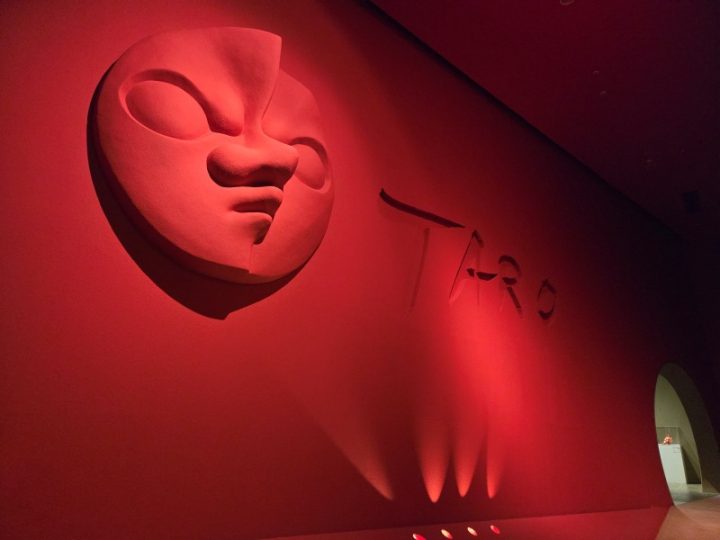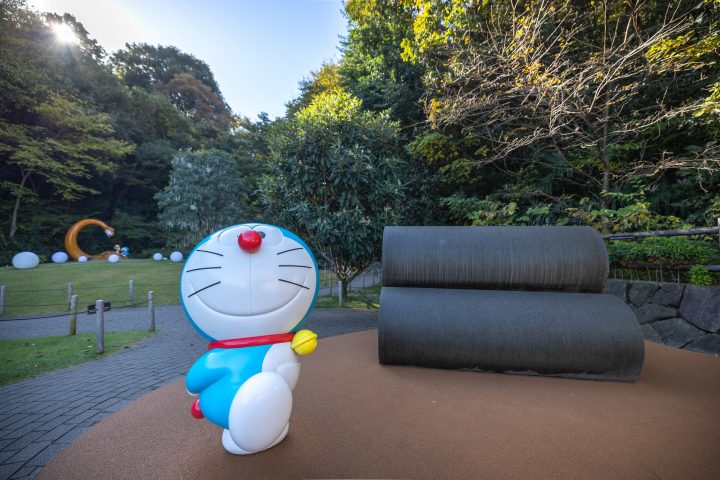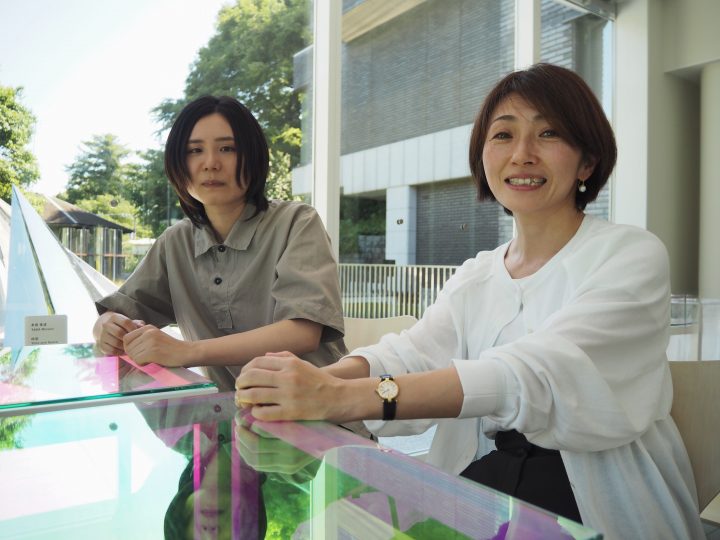[The Magic of Art 05] Osaragi Jiro Memorial Museum: Writers, Literature, and Cats
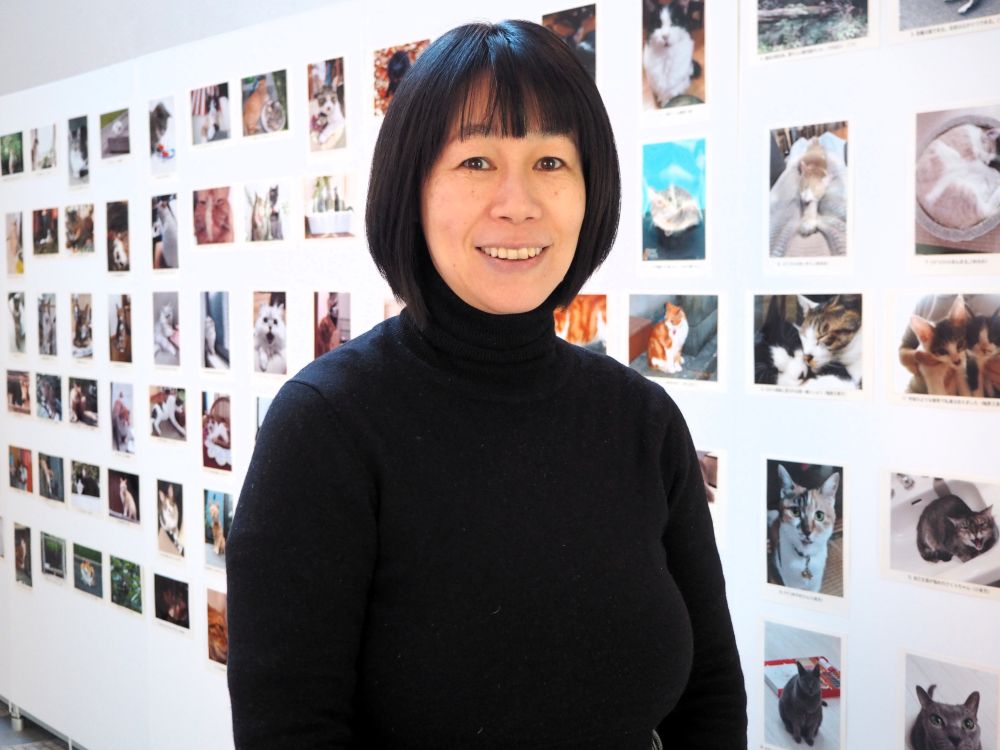
Osaragi Jiro is a novelist with ties to Yokohama who is also known as a cat lover. He gained popularity with his Kurama Tengu series in 1924, and has since written in a wide range of genres for about 50 years. One of his most famous works is my favorite children's story, "Switcho Neko." In this article, we will be speaking with Osaragi Naoko of the Osaragi Jiro Memorial Museum.
The literature left behind by Osaragi Jiro
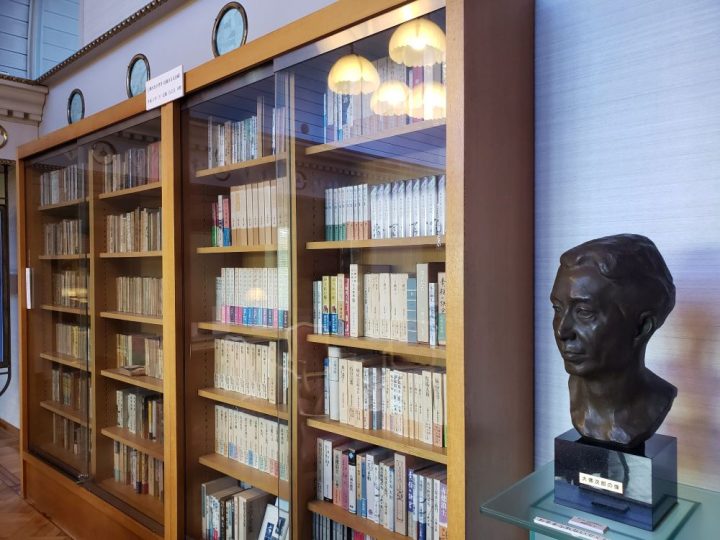
The Osaragi Jiro Memorial Museum is located in Minato Mirai Park, overlooking Yokohama Port. After Osaragi's death, his family donated his books and documents to the city of Yokohama, and the museum opened on May 1, 1978, in the same Yamate area that frequently appears in his works.
-The memorial hall has a beautiful red brick exterior.
Thank you, Daifusa. The museum houses approximately 70,000 items, including Daifusa's handwritten manuscripts and treasured possessions, as well as items related to French literature and history, which he has been interested in since his student days.
--I had the opportunity to look at your many works in the reading room. They cover a wide range of subjects, including novels, non-fiction, essays, plays, and children's literature.
Although he majored in political science at Tokyo Imperial University, Daifusa was drawn to literature, especially theater. After getting married as a student, he made a living as a teacher and a consultant for the Ministry of Foreign Affairs, but he also contributed translations to magazines.
However, the magazine was discontinued after the Great Kanto Earthquake. Seeking income, he tried his hand at writing historical novels in the style of storytelling under the pen name "Osaragi Jiro," which was a huge hit. His first Kurama Tengu work, "The Old Woman with the Demon Mask," was well-received and turned into a series, which brought him instant fame. He continued to serve on the Naoki Prize selection committee for 39 years and was awarded the Order of Culture. He devoted himself to the literary world until his death on April 30, 1973, at the age of 75.
-Why is the memorial museum in Yokohama and not in Kamakura, where he lives?
This is because it is the place where Daifusa Daibutsu was born and which he held a special place in. For around 10 years, from 1931 when he became a popular writer, he used Room 318 of the Hotel New Grand as his workplace. Yokohama, with its exotic and free-spirited atmosphere, was a beloved hometown located exactly halfway between Kamakura, where he was accustomed to living, and Tokyo, where his editorial office was located, and was an inspiring place that inspired his work. The Hotel New Grand still houses the Tengu Room, which is beloved today as well as his novel "Mist Horn," set in Yokohama in the early Meiji period.
-What do you think is the appeal of Daibutsu's works?
Osaragi 's broad insight and meticulous approach make this a fascinating read. My recommendation is his unfinished masterpiece, "The Emperor's Century," which began serialization in newspapers to commemorate the 100th anniversary of the Meiji era. It is a historical biography that chronicles the history of the Japanese people from the Meiji, Taisho, and Showa periods, touching on the eras and spirit of the time. Osaragi began the series when he was 70 years old. In order to remain faithful to historical facts, he pored over a vast amount of material, and even traveled far and wide to conduct research, despite his illness, to continue writing. However, he passed away after 1,555 installments, and his death prevented him from writing any longer.
This work, which he devoted his life to, strongly conveys Osaragi's "eye for the times," as a leading figure in popular literature and an expert in period novels and historical literature. If it had been completed, our image of Osaragi Jiro might have been a little different.
Blue, white, and red, inspired by the French tricolor flag
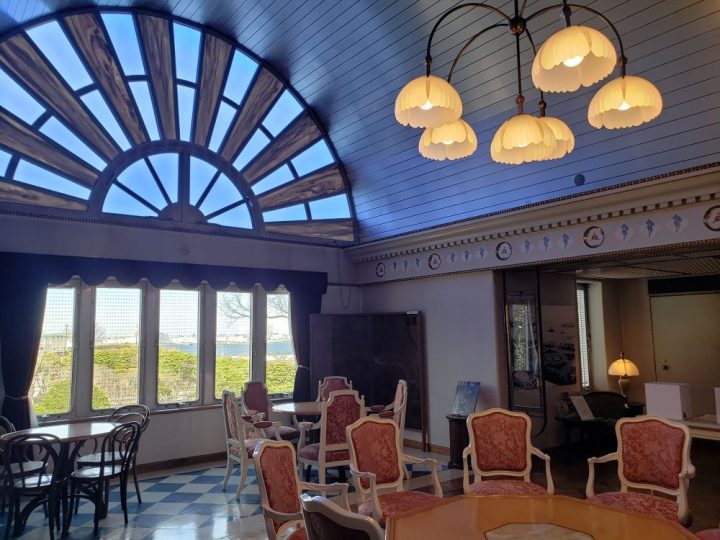
Born near the port of Yokohama, which was open to foreigners, Osaragi was familiar with Western literature from an early age, influenced by his older brother, Nojiri Hoei, a literary scholar and the star who would later name Pluto. He was a great admirer of French novelist and critic Romain Rolland, and even published his translations. He later traveled to France, where he collected materials related to the Paris Commune and wrote "Paris Burning," the final part of his four-part French novel series, with a focus on historical facts.
The architect who designed the museum, Urabe Shizutaro, scattered the three colors of the French flag, said to be one of the pillars of Daisaragi's literature, throughout the retro Western-style building. The building is also gorgeous, with blue stained glass, white marble floors, red brick tiles, and decorative arches near the ceiling and on the staircase walls. The memorial room on the second floor is a fascinating space that recreates Daisaragi's living room, complete with chairs and desks that he actually used.
The cat photo exhibition is popular every year! It runs until April 20th.
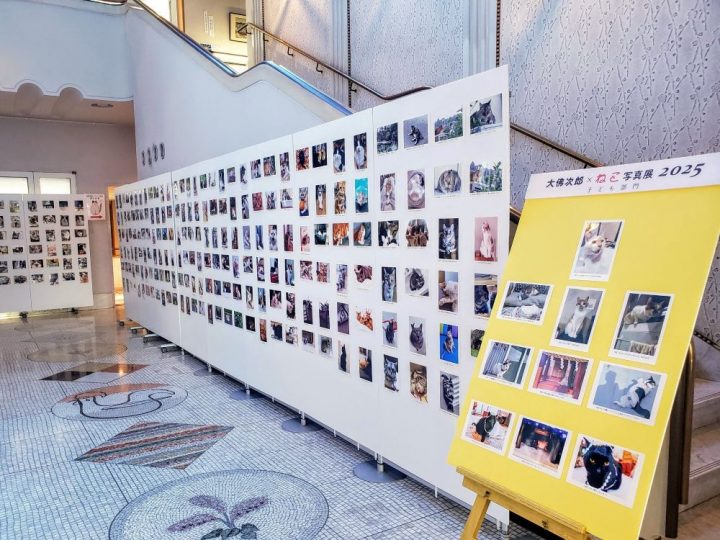
Osaragi Jiro lived with over 500 cats in his lifetime. He was such a cat lover that he once said, "Cats are not my hobby. Before I knew it, they had become my indispensable, gentle companions." (From "The Silent Cat") He left behind many works of art while constantly surrounded by dozens of cats.
The "Osaragi Jiro x Cat Photo Exhibition 2025," named after Osaragi, is being held until April 20, 2025. This year, the ninth time the exhibition has been held, the first floor lobby is filled with 482 publicly submitted photographs of house cats and local cats. Each photograph is accompanied by a clever comment, which is excellent and befits a literary museum.
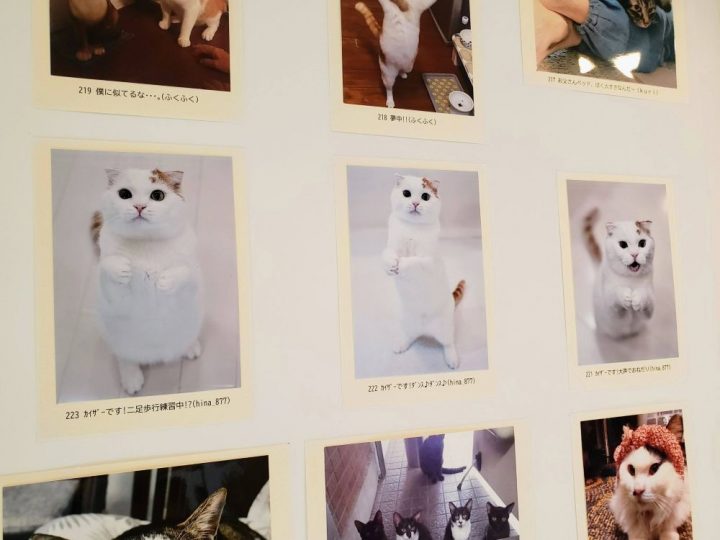
The original fairy tale "Switcho Neko" is one of my favorite picture books, read to me countless times as a child. Now that I'm an adult and a mother, I can appreciate Osaragi's affection for cats, her unique powers of observation as a writer, and her lyrical writing. The museum is also hosting a themed exhibition, "Osaragi Jiro and Yamaguchi Hoshun: Writer and Painter, Overlapping Perspectives," until April 20th. Why not visit the museum along with the cat photo exhibition?

Osaragi Jiro Memorial Museum
Address: 113 Yamate-cho, Naka-ku, Yokohama
Phone number: 045-622-5002
Official website: here

